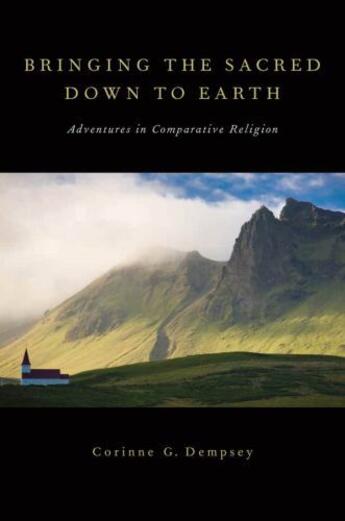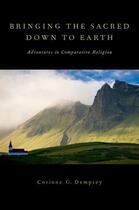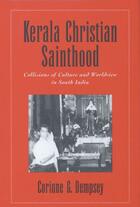Résumé:
In Bringing the Sacred Down to Earth, Corinne Dempsey offers a comparative study of Hindu and Christian, Indian and Euro/American earthbound religious expressions. She argues that official religious, political, and epistemological systems tend to deny sacred access and expression to the general... Voir plus
In Bringing the Sacred Down to Earth, Corinne Dempsey offers a comparative study of Hindu and Christian, Indian and Euro/American earthbound religious expressions. She argues that official religious, political, and epistemological systems tend to deny sacred access and expression to the general populace, and are abstracted and disembodied in ways that make them irrelevant to if not neglectful of earthly realities. Working at cross purposes with these systems, attending to material needs, conferring sacred access to a wider public, and imbuing land and bodies with sacred meaning and power, are religious frameworks featuring folklore figures, democratizing theologies, newly sanctified land, and extraordinary human abilities.
Some scholars will see Dempsey's juxtapositions of Hindu and Christian religious dynamics, many of which exist on opposite sides of the globe, as a leap into a disciplinary minefield. Many have argued for decades that comparison is an outmoded, politically troubled approach to the human sciences. More recently opponents of this view, represented by a growing number of religion scholars, are ''writing back'' in comparison's defense, asserting the merits of a readjusted, carefully contextualized, new comparativism. But, says Dempsey, the inestimable advantages of the comparative method performed in this book are disciplinary as well as ethical. As she demonstrates in this stimulating book, the process of comparison can shed light on angles and contours otherwise obscured and perform the important work of bridging human contingencies and perception across religious, cultural, and disciplinary divides.
Donner votre avis










